
Document Life Cycle
Diagrams
Edit for freeYou'll be asked to log in or sign up for a free Piktochart account first.
The document life cycle is a critical aspect of managing information efficiently within any organization. Here, we'll explore five key points to help you understand and navigate this process with simplicity. Creation: The document life cycle begins with the creation phase. At this stage, individuals or teams generate documents, such as reports, memos, or spreadsheets. It's crucial to ensure that documents are well-structured and organized right from the start, as this sets the tone for the entire life cycle. Storage and Access: Once a document is created, it needs a secure and easily accessible location. This is where effective storage and retrieval come into play. Modern technology offers various options, from physical filing systems to digital document management software. Ensure that documents are appropriately categorized and stored to facilitate easy access when needed. Editing and Collaboration: Documents often require editing and collaboration among multiple individuals or departments. During this phase, it's essential to establish clear procedures for version control and feedback. Collaboration tools and software can streamline this process, ensuring that all stakeholders contribute effectively without confusion. Review and Approval: Before a document can be finalized, it typically undergoes a review and approval process. This step ensures the accuracy and quality of the content. Establishing a clear workflow for reviews and approvals prevents bottlenecks and ensures that documents meet the necessary standards and compliance requirements. Archiving and Disposal: Documents have a natural lifespan, and not all of them need to be retained indefinitely. Establishing an archiving and disposal policy is crucial to maintaining an organized document life cycle. This policy should outline when and how documents should be archived or securely disposed of, taking into account legal and regulatory requirements. In conclusion, understanding the document life cycle is essential for effective document management within any organization. By following these five key points - creation, storage and access, editing and collaboration, review and approval, and archiving and disposal - you can ensure that your documents are managed efficiently from inception to conclusion, promoting productivity and compliance throughout the process.
Available File Type
Customization
100% customizable
Tags
More Templates Like This
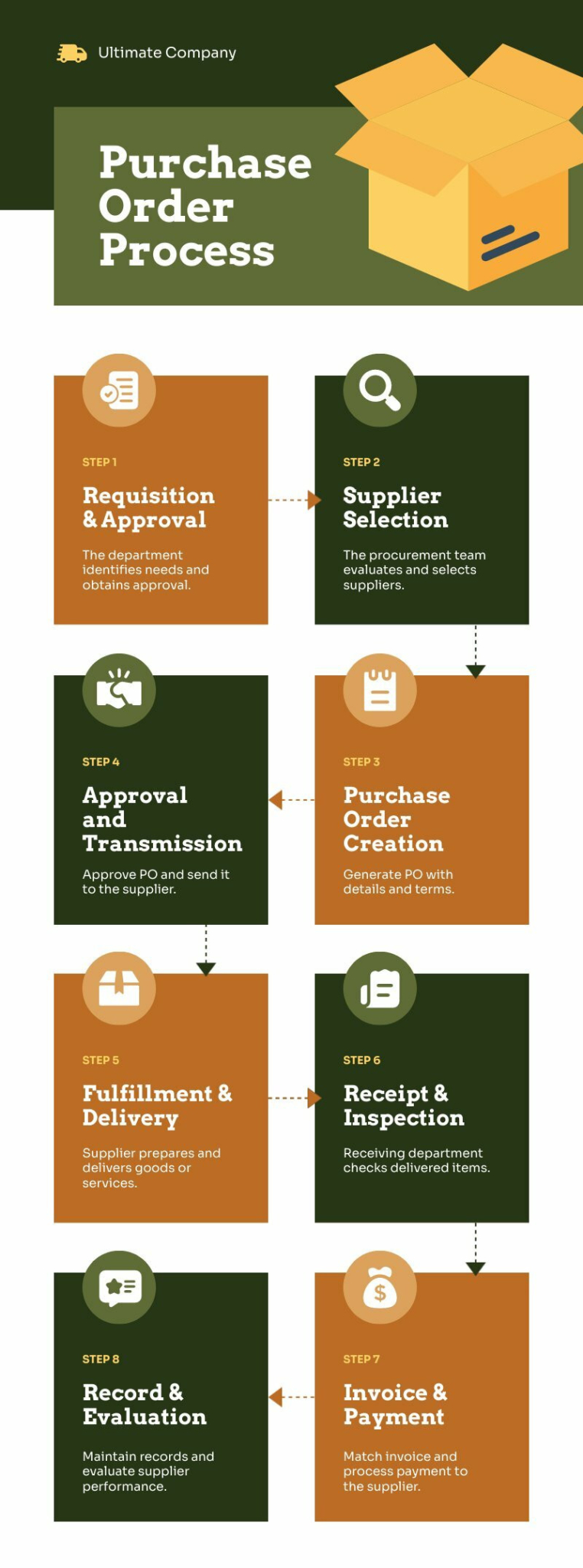 Diagrams
Purchasing Cycle
Diagrams
Purchasing Cycle
 Diagrams
Insurance and Claim Process
Diagrams
Insurance and Claim Process
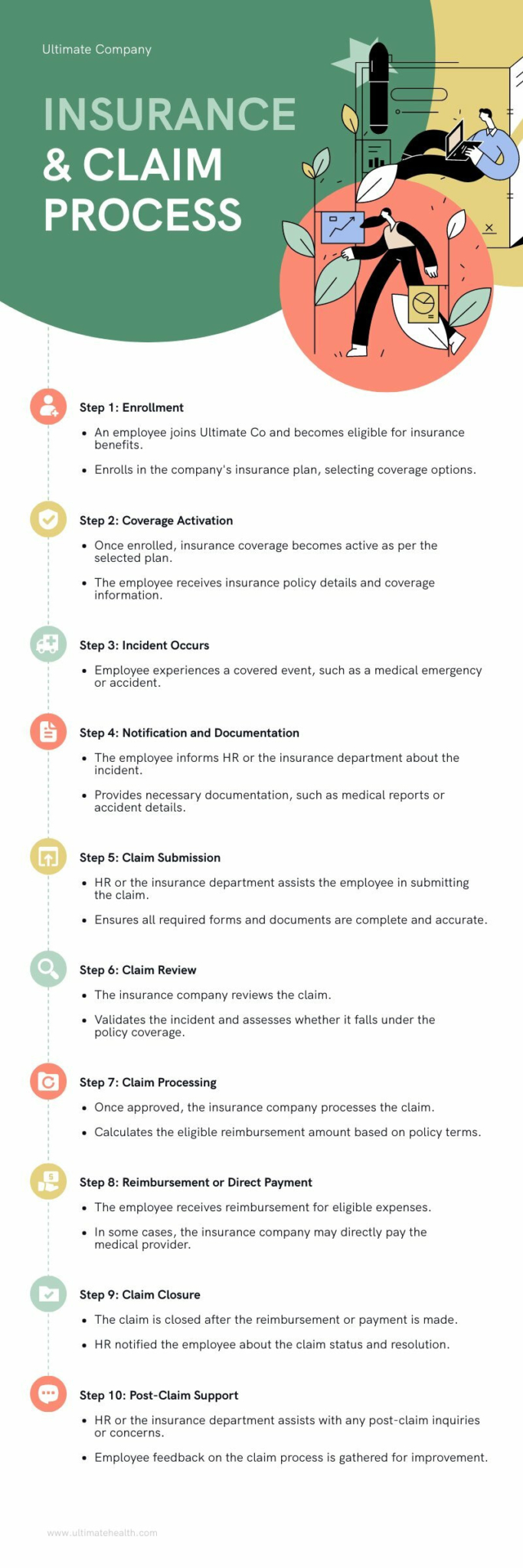 Diagrams
Claim Process
Diagrams
Claim Process
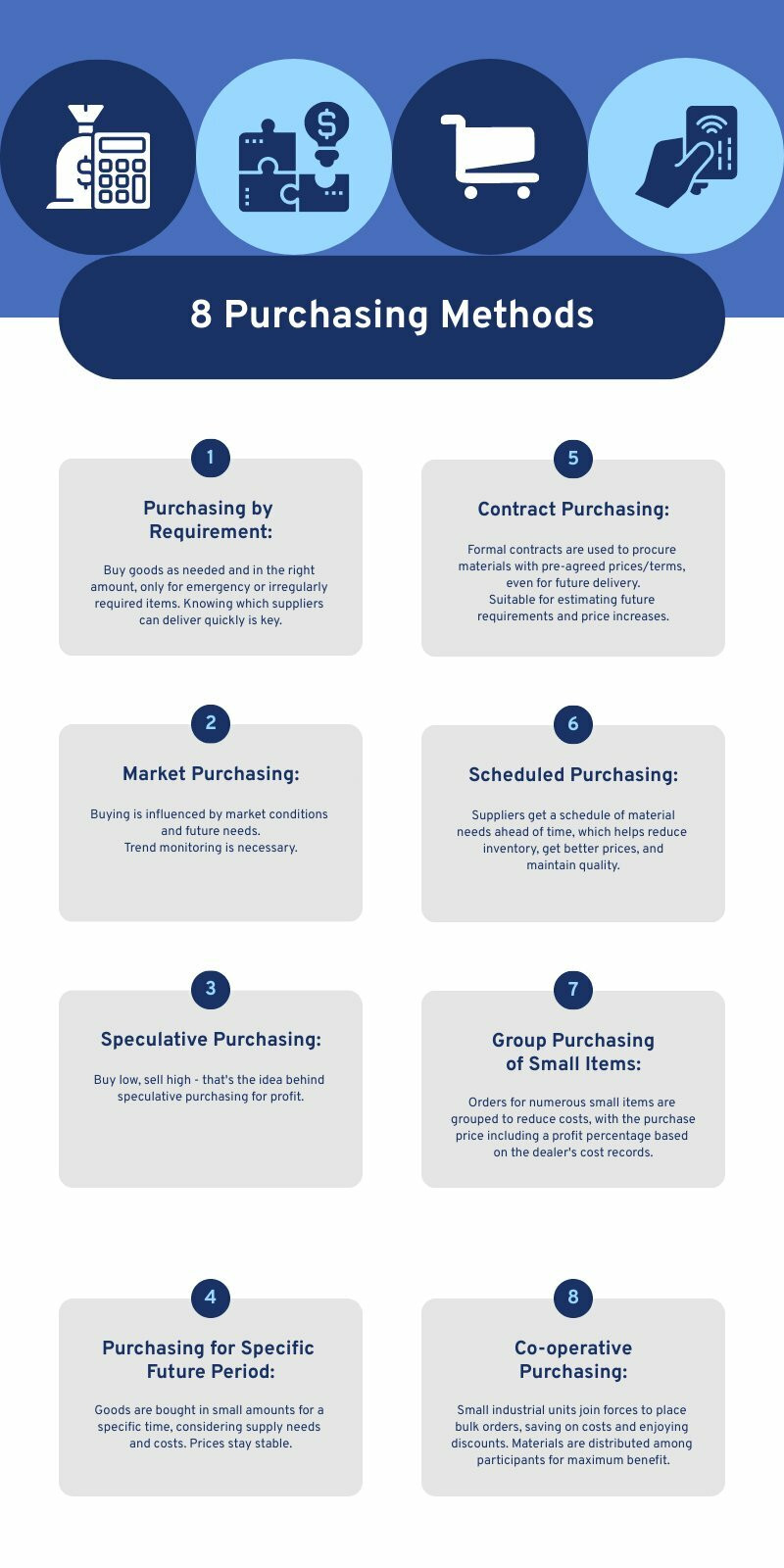 Diagrams
Purchasing Method
Diagrams
Purchasing Method
 Diagrams
Compensation and Benefits
Diagrams
Compensation and Benefits
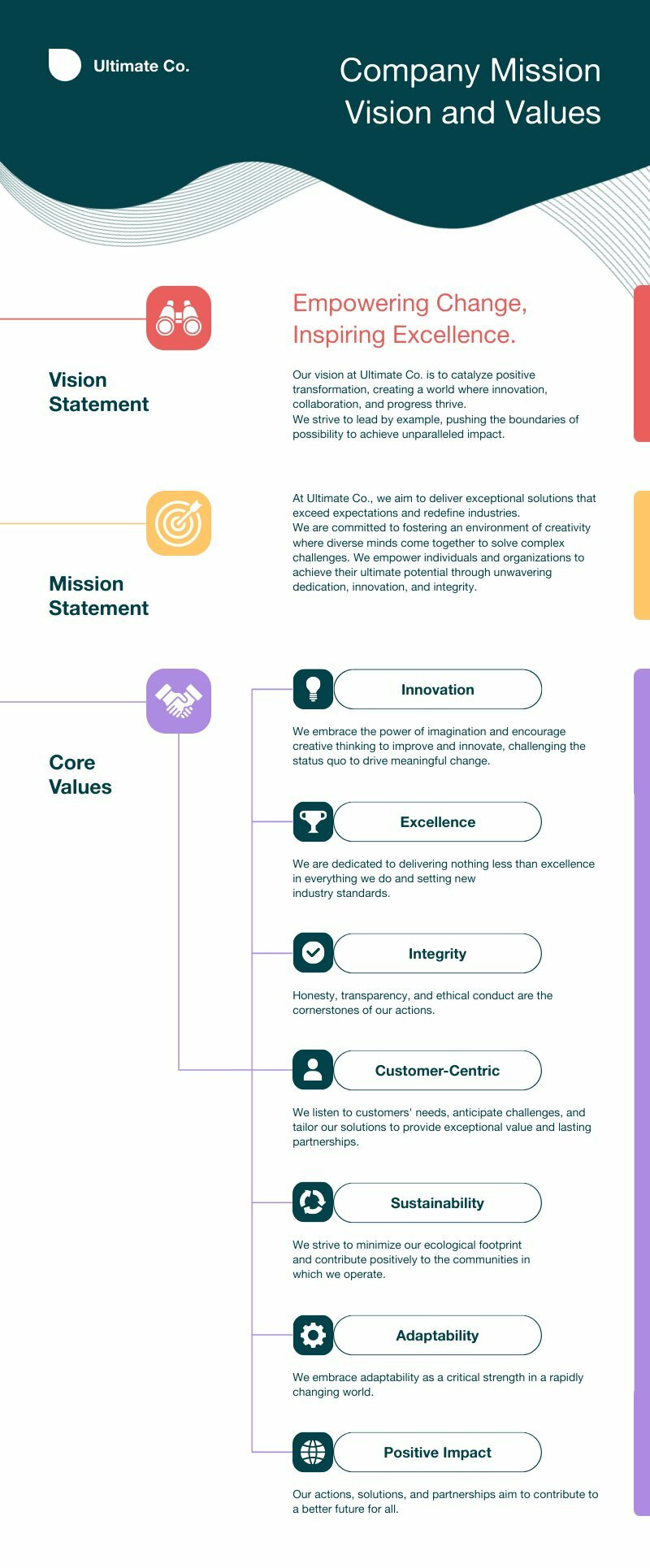 Diagrams
Corporate Values
Diagrams
Corporate Values
 Diagrams
Procurement Cycle
Diagrams
Procurement Cycle
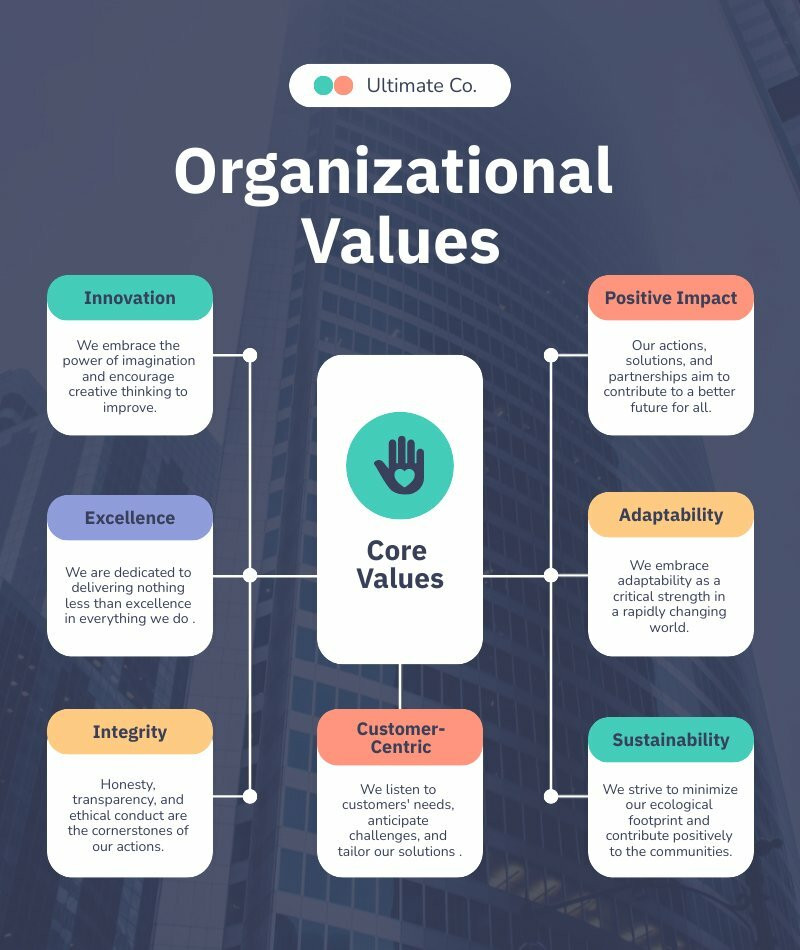 Diagrams
Organizational Values
Diagrams
Organizational Values
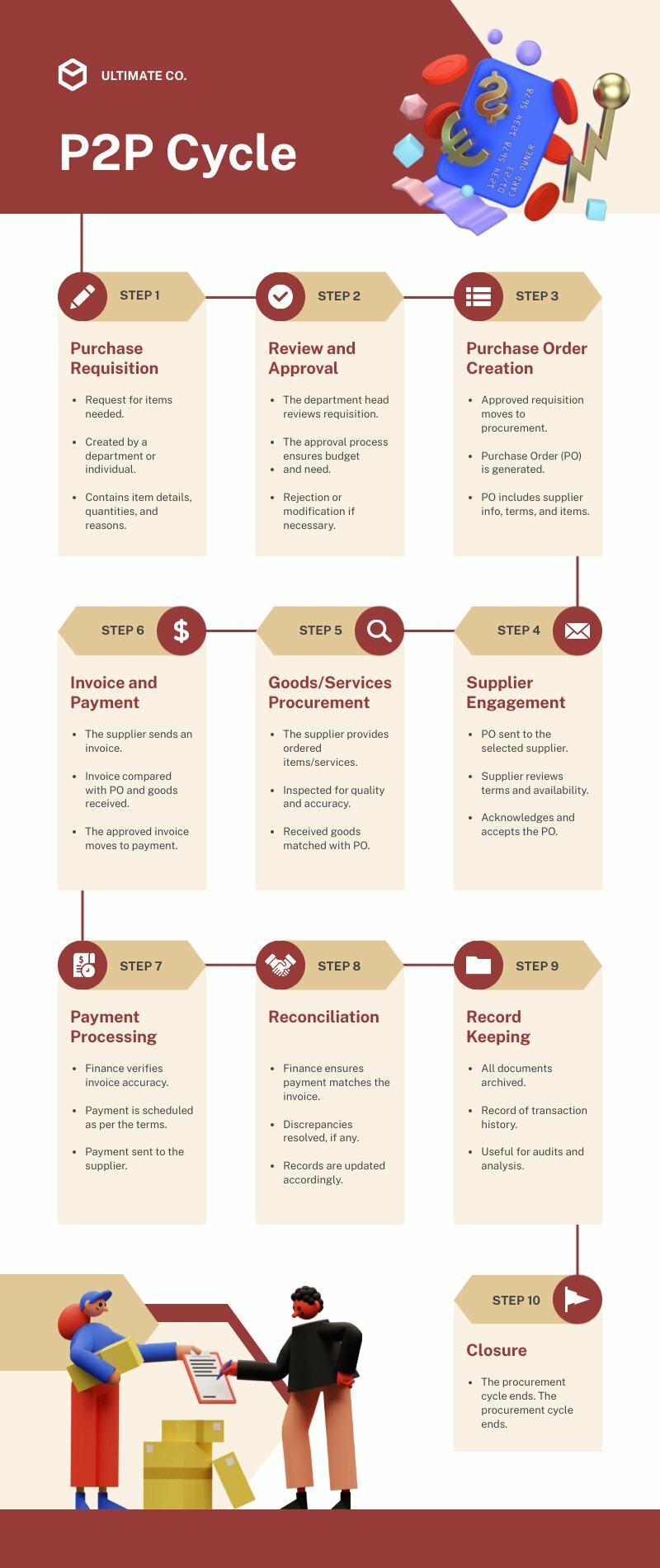 Diagrams
P2P Cycle
Diagrams
P2P Cycle
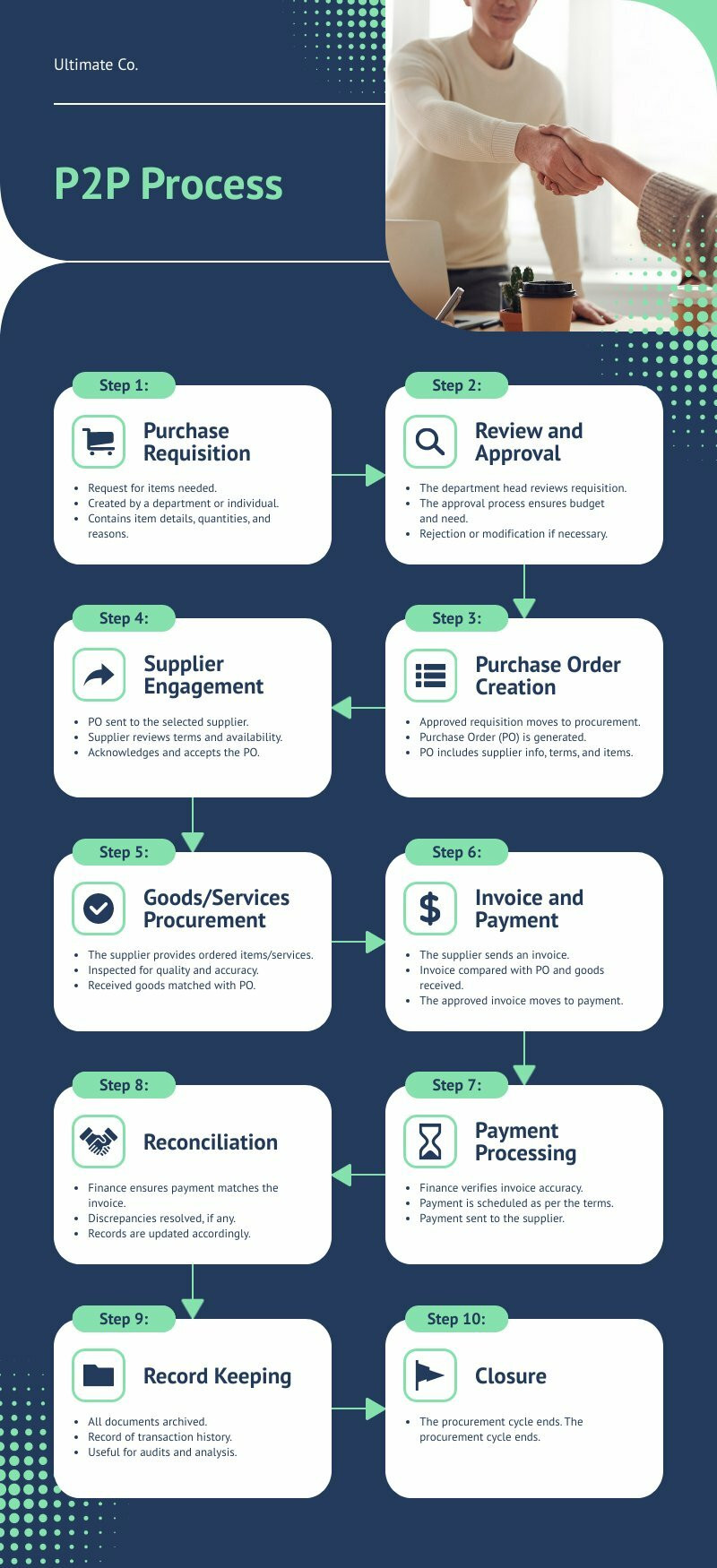 Diagrams
P2P Process
Diagrams
P2P Process
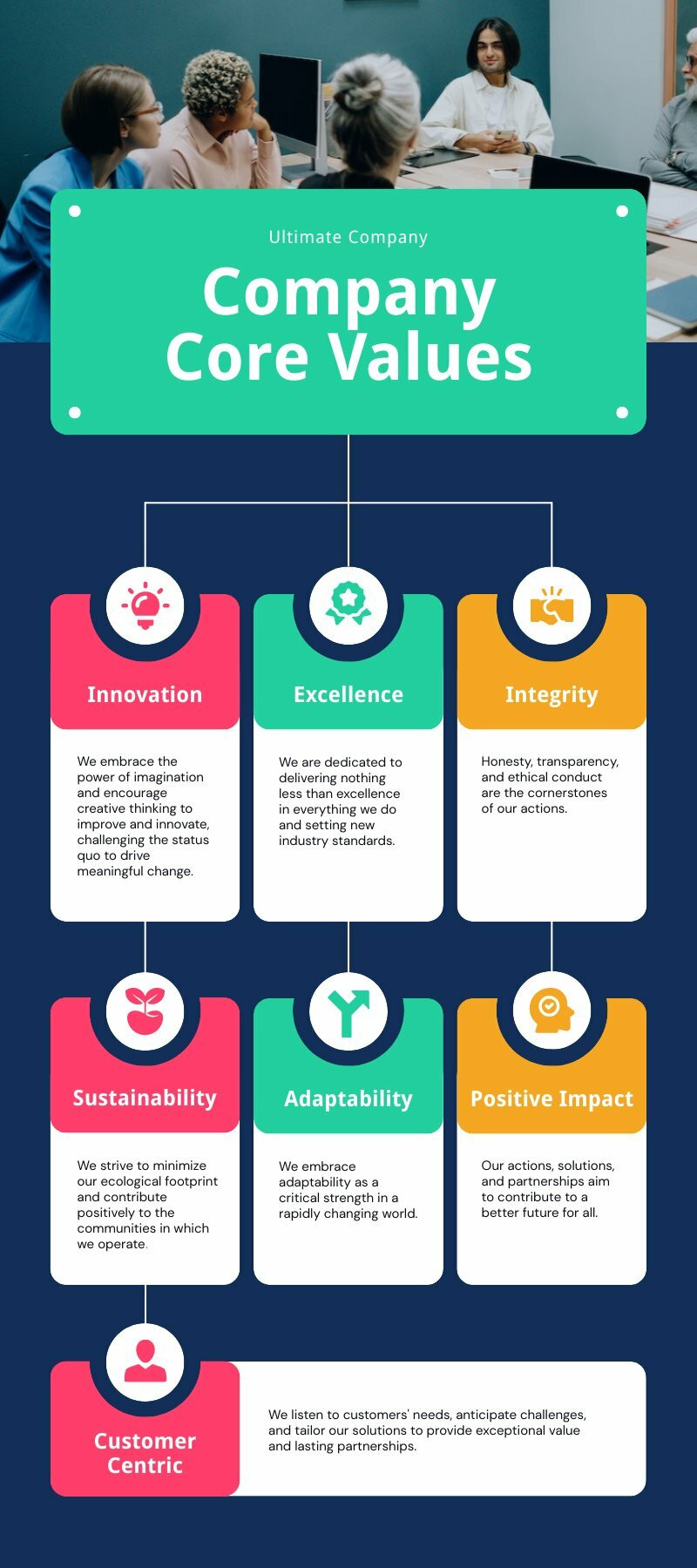 Diagrams
Core Values of a Company
Diagrams
Core Values of a Company
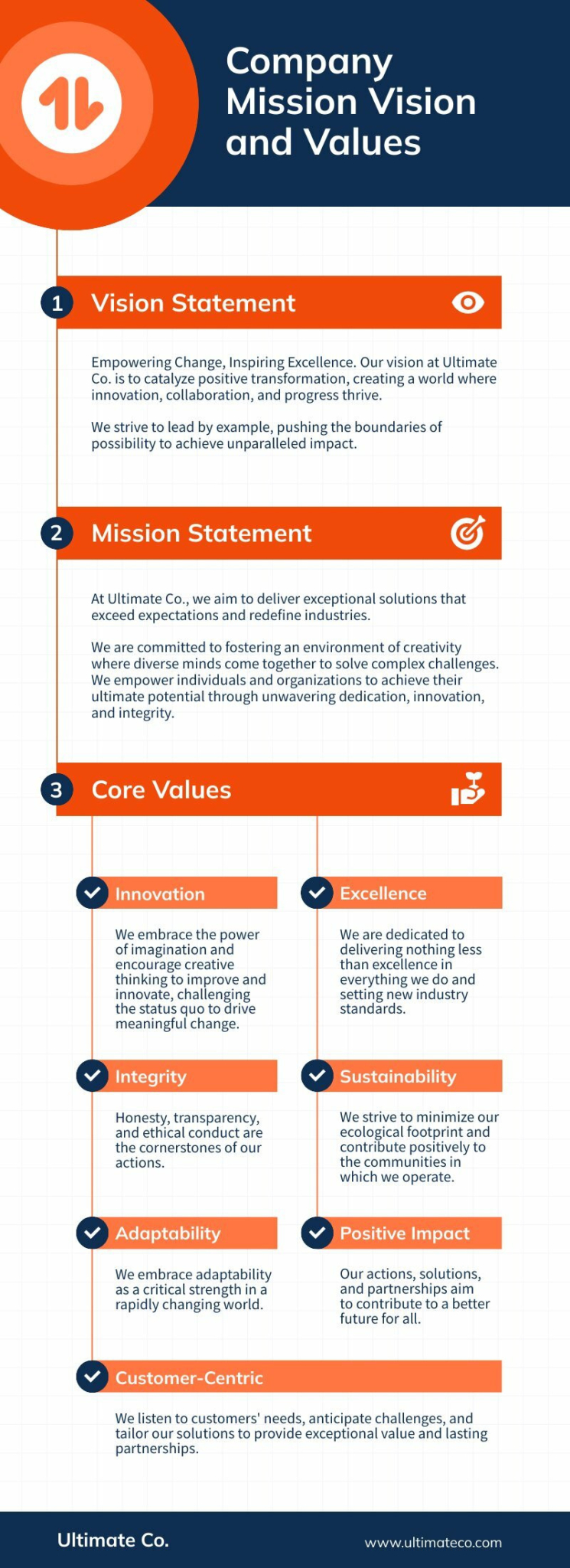 Diagrams
Mission Vision and Core Values
Diagrams
Mission Vision and Core Values